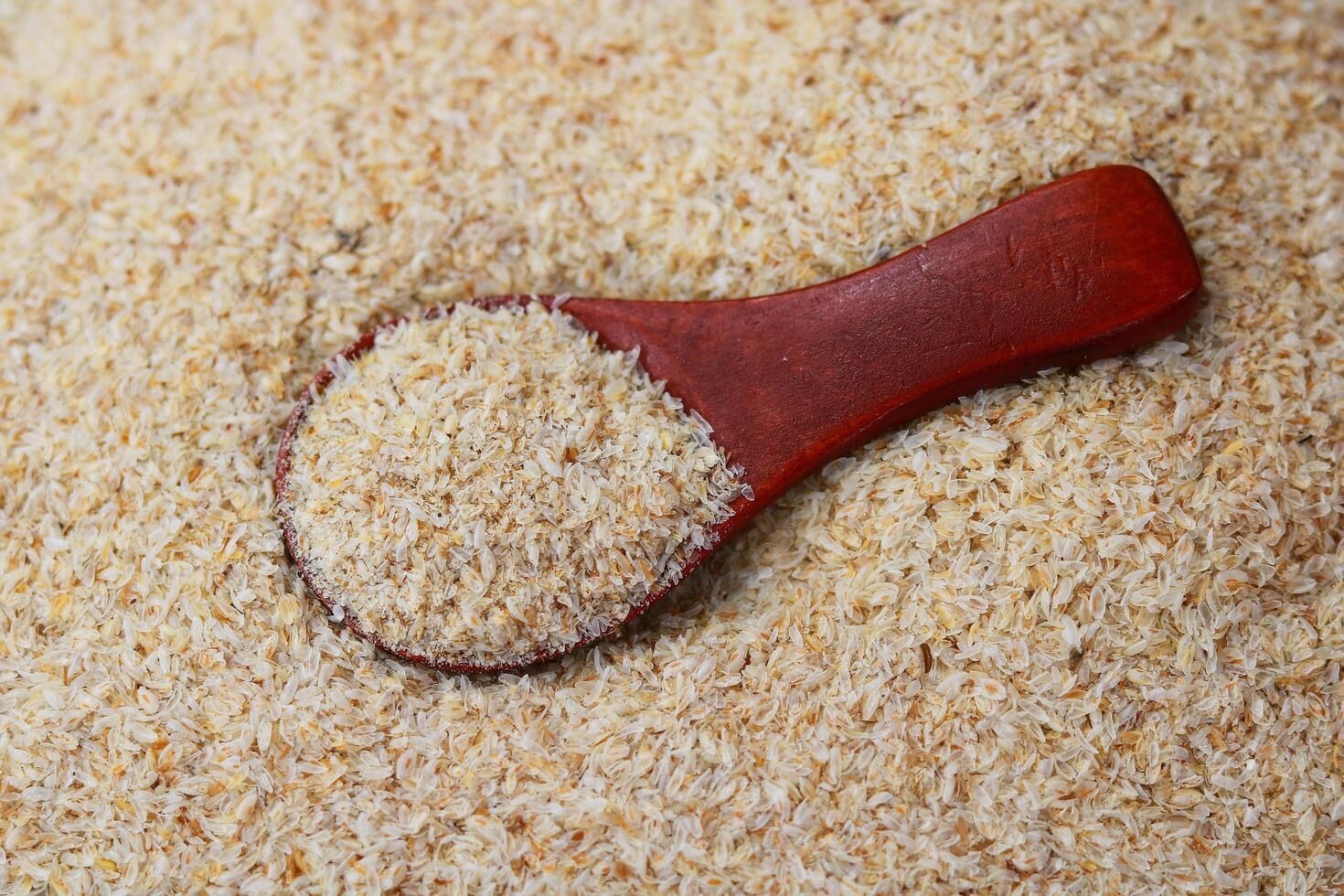Blog

What is it? Bentonite clay is a type of mineral rock composed of highly absorbable and exchangeable minerals that can soak-up toxins like bacteria, viruses, heavy metals and other organic materials. A 2020 study stated washing hands with bentonite paste on a regular basis can protect against viruses and improve skin conditions. Psyllium husk is the fiber-rich outer covering from the seeds of the plantago ovato plant that grows worldwide but most common in India. It's been used for centuries as a laxative and recently has been used in cholesterol lowering pharmaceuticals. Psyllium can also provide relief from hemorrhoids by making the stool softer and easier to eliminate. Diarrhea can also be alleviated because the psyllium husk soaks up extra water in the digestive tract. Should I Supplement? Bentonite and psyllium husk are excellent for general cleansing, parasitic cleansing, and acute food poisoning. Activated charcoal can also be added to this regiment because of its astringent properties which is very effective for Leaky Gut Syndrome. Recipe: Here is a simple recipe from Christine Whitman Bentonite Clay and Psyllium Husk Cleanse rejuvenatehealthretreats.com Ingredients 1 heaped teaspoon of psyllium husks 1 tablespoon of bentonite clay Water or juice to mix Benefits of A General Cleansing: The body accumulates toxins though our lifetime. Toxins vary from person to person depending on their genetics, environment, exposure to environmental pollutants, diet, pharmaceuticals and lifestyle. A seasonal detox can not only help with cleansing the body, but also clarifying the mind. A 2025 study found a well planned detoxification program decreased anxiety, depression along with a reduction in musculoskeletal, neurological and digestive issues. This study was performed with mostly women with an average age of 58.

If you know someone who has arthritis, or if you are one of the 350 million people worldwide who unfortunately suffers from the condition, you may have first-hand experience with this phenomenon. In fact, the link between changes in the weather and arthritis pain has become so widely accepted that “arthritis forecasts,” proprietary forecasts by meteorologists, are becoming common additions to numerous weather forecasting apps. So, although the anecdotal evidence is plentiful, are there actually scientific studies that can support the idea of an Arthritis Weather Index? Well, the short answer is yes, and no. There are over one hundred different types of arthritis, and almost as many different causes and treatments. And because there are so many types of arthritis, it can be difficult to figure out what triggers it, which may be why the research delivers mixed messages when it comes to the link between joint pain associated with arthritis and changes in the weather. So, let’s dissect some of the studies on the subject and take a look at what the experts have to say. Linking Barometric Pressure and Arthritis: The Beginning Although there is also evidence to suggest that temperature affects joint pain, most of the research has focused on the effects that barometric pressure may have on arthritis pain. Barometric pressure, also known as atmospheric pressure, changes with different weather systems. You’ve probably heard your local TV weather presenter talk about “high-pressure systems” and “low-pressure systems” – the pressure they are referring to here is barometric pressure. Many arthritis sufferers firmly believe that their pain worsens prior to a change in the weather, which is an indication that it may be linked to barometric pressure. One of the earliest official studies assessing the relationship between arthritis pain and weather conditions was performed in 1948, and although the results did show that patients in a climate chamber with a constant (warm) temperature and moderate humidity experienced less pain, the investigators didn’t actually control for changes in barometric pressure. Plus, it was 1948. What Does Recent Research Say About the So-Called Arthritis Weather Index? Fast forward to 1990, when one of the earliest attempts to study the link between barometric pressure and arthritis pain was performed. 4 patients were placed in a temperature, barometric pressure, and humidity-controlled environment. 3 of 4 patients reported an increase in pain whenever the pressure decreased. Of course, a sample size of 4 is far too small to be able to draw conclusions from, but it did pave the way for further research. Rather than cramming thousands of patients into a barometric chamber, sardine style, most studies performed in recent years have compared self-reported arthritic pain with the corresponding data recorded from weather stations. One such study, published in 2007 , matched pain data from 200 arthritis sufferers with temperature, humidity and pressure data from their local weather stations, and found that joint pain often worsened before a change in barometric pressure occurred. Several other studies have reported similar findings, suggesting that there could well be a link between barometric pressure changes and arthritis pain. However, that’s not the whole story. There’s also a body of evidence that bursts the barometric pressure bubble, as there so often is. The Other Side of the Coin In an Australian study published in 2016 , researchers assessed data from almost 350 individuals with knee osteoarthritis. Subjects were required to report their knee pain on a scale of 1-10 every 10 days over a three-month period, and this data was then compared with meteorological data for the same time period. Researchers found no correlation between increased joint pain and weather parameters (including barometric pressure, rainfall, wind speed, and humidity). This backed up an earlier study performed by the same group that showed no link between changes in weather and lower back pain. So, why doesn’t all the research show the same results? One of the reasons for this may be due to the many different causes of arthritis. It’s possible that one type of arthritis can be affected by the barometric pressure, whereas another type of arthritis is not. When it comes to dissecting how barometric pressure could affect arthritic pain, scientists believe that pressure changes disrupt the workings of the fluids that lubricate our joints. Ever noticed that your feet swell when you’re a plane? That’s another example of pressure changes affecting fluids in our bodies, and it’s likely that our joints are similarly affected. As the fluids in our joints respond to changes in pressure, they may inflame and irritate the arthritic joints, worsening the effects of arthritis. So, Does Weather Affect Arthritis? Although, scientifically, the jury is still out on the link between arthritis and weather, the notion seems too widespread to simply be a coincidence. Hopefully, further research can be performed to shed more light on the matter and improve arthritis sufferers’ ability to manage their pain.


